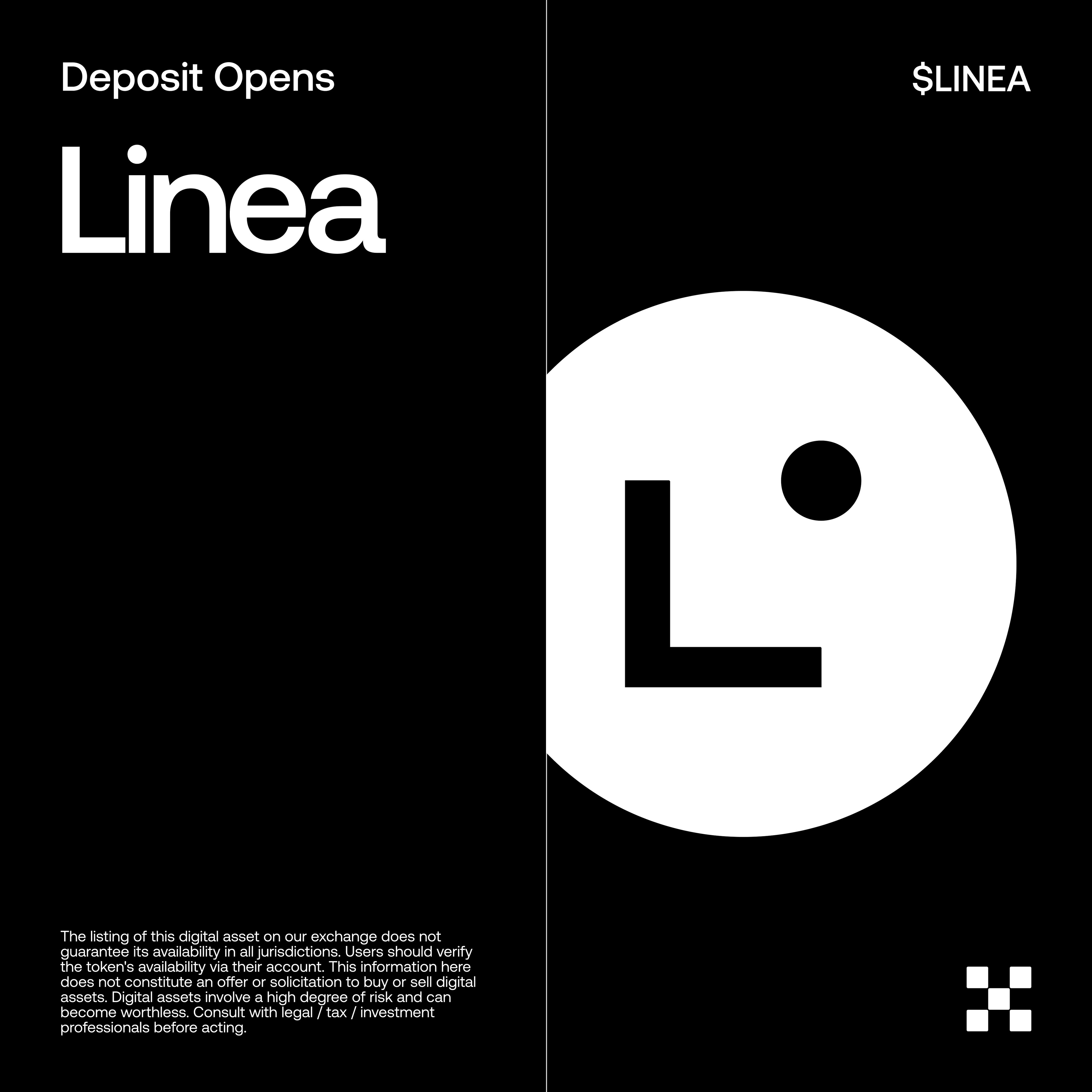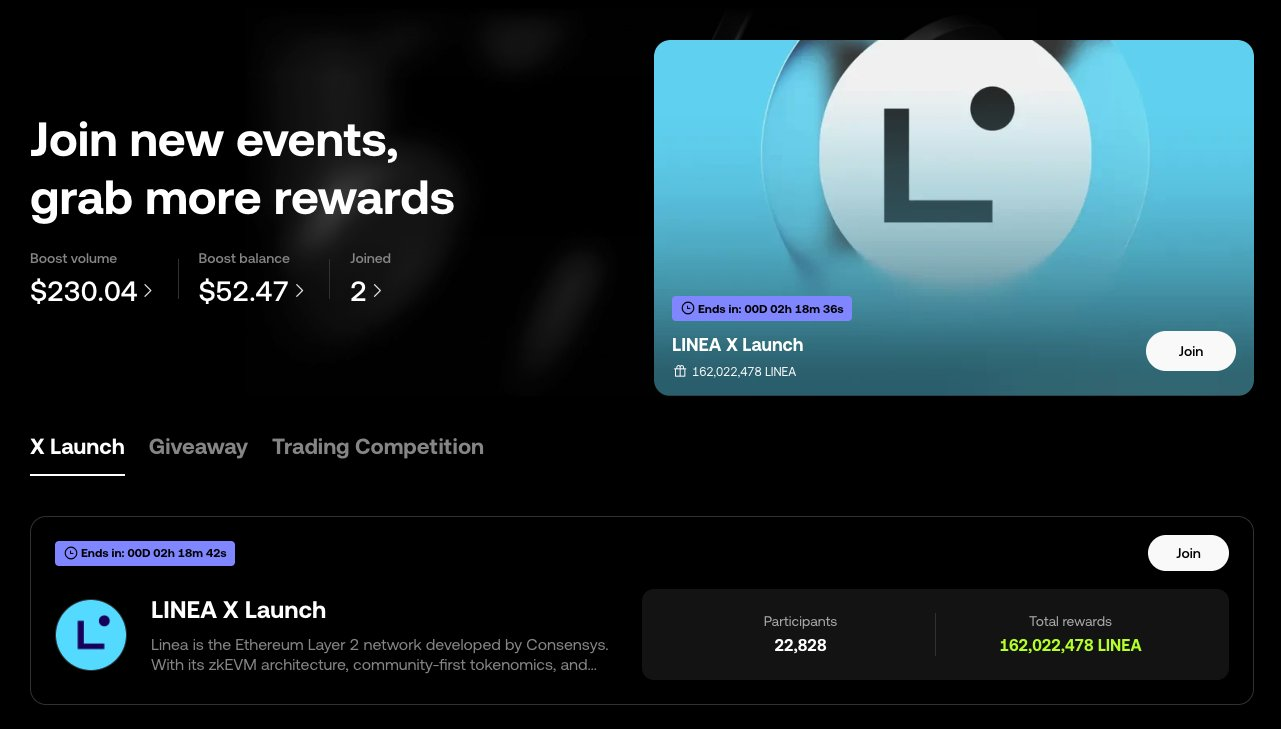How Linera's AI-Optimized Blockchain Boosts RWAs and Stablecoins
This article explains how Linera’s AI-first architecture—built around user-level microchains—eliminates mempool congestion and achieves sub-second finality, making it well-suited for real-time RWA tokenization and efficient stablecoin flows. By supporting atomic external calls, delegated production, and WebAssembly-based edge inference, Linera enables privacy-aware, agentic applications that automate tasks like yield routing and cross-market swaps. The piece also touches on LIN token fundamentals, noting that long-term value depends on real adoption in AI-driven Web3 while acknowledging risks from volatility and competing L1s.
Revolutionizing Web3: How Linera's AI-Optimized Blockchain Boosts RWAs and Stablecoins
Have you ever wondered why your stablecoin trades feel clunky in a world buzzing with AI smarts? Picture this: you're managing tokenized real estate— a real-world asset (RWA) like a slice of Manhattan skyline— but latency issues turn quick decisions into nail-biting waits. It's frustrating, right? According to Chainalysis (2024), stablecoins and RWAs are driving Web3 growth, yet scalability bottlenecks hold them back. For enthusiasts in Web3, RWAs, and stablecoins, this means missed opportunities in efficient, AI-enhanced ecosystems. In this post, you'll learn how Linera, a blockchain built for AI from the ground up, delivers real-time performance so you can unlock seamless RWA tokenization and stablecoin flows. Think of it as upgrading from dial-up to fiber-optic for your crypto portfolio— with a dash of that satisfying "aha" moment when tech just works.

Understanding Linera's Core: Microchains for AI-Driven Speed
Linera is a Layer 1 blockchain that uses microchains— small, user-specific chains running in parallel— to achieve infinite scalability and sub-second latency. Why does this matter? Traditional blockchains often choke under high demand, but Linera assigns each user or AI agent its own microchain, ensuring transactions process without mempool delays. It's like giving every driver their own lane on an endless highway, avoiding traffic jams altogether.
For Web3 fans eyeing RWAs and stablecoins, this architecture shines. Imagine AI agents automating stablecoin yields on tokenized bonds; Linera's design supports that with atomic external calls, where transactions fetch real-time data from oracles seamlessly. According to Beluga (2025), Linera simplifies development with GraphQL APIs, making it easier for builders to integrate AI without wrestling gas fees or nonce issues. A quick anecdote: I once watched a friend fiddle with Ethereum congestion during a volatile market— hilarious in hindsight, but Linera's instant finality would have turned that comedy into smooth sailing.
You can start exploring by deploying a simple AI bot on Linera's testnet; just use their Rust SDK to code asynchronous messages between microchains.
Integrating AI with RWAs and Stablecoins on Linera
Next, let's dive into how Linera elevates RWAs and stablecoins. Real-world assets are physical items like art or real estate tokenized on-chain for liquidity, while stablecoins are cryptocurrencies pegged to fiat for stability. Linera's AI focus amplifies these by enabling agentic apps— autonomous programs that act like smart assistants.
For instance, an AI agent on Linera could monitor RWA markets, executing stablecoin swaps based on real-time data. The platform's edge AI runs models locally via WebAssembly, keeping sensitive decisions private while recording key events on-chain. A recent overview by Brave New Coin (2024) highlights how stablecoins bridge Web3 to traditional finance, and Linera's low-latency microchains could supercharge this by reducing settlement times from minutes to seconds.
Picture a humorous twist: without Linera, your AI trading bot might "think" like a sloth on vacation. But here, it zips along, querying cross-chain prices atomically. Try this when building: configure your microchain for delegated block production to a trusted committee, ensuring security without solo validator hassles.
Analyzing the Value of Linera's Token
However, no blockchain discussion is complete without token economics. Linera's native token (LIN) powers the ecosystem through staking for validation, paying for transactions, and governance. Though not yet fully launched as of 2025, its value stems from utility in an AI-Web3 niche.
Potential drivers include adoption by AI agents needing microchains, boosting demand for LIN in gas and staking. If RWAs and stablecoins proliferate on Linera— think tokenized treasuries yielding via AI-optimized pools— token velocity could rise, enhancing scarcity. According to a framework in Cong et al. (2021), tokens in platform economies gain value from user growth and investment financing, which fits Linera's scalable model.
That said, risks like market volatility or competition from established L1s could temper gains. Balanced takeaway: LIN's value hinges on real adoption, potentially mirroring early Solana's surge if AI-Web3 takes off.

Wrapping Up: Embrace the AI-Web3 Fusion
In short, Linera's microchain architecture delivers AI-ready scalability for Web3, empowering faster RWA tokenization and stablecoin efficiency while its token holds promise through ecosystem utility. This isn't just tech hype— it's a practical leap toward seamless, agentic finance.
I'd love to hear your thoughts: Have you experimented with AI in RWAs? Share in the comments or try Linera's testnet and report back— let's geek out together.
References
Beluga. (2025). Linera: Purpose-Built for AI from Day One. https://heybeluga.com/articles/linera-blockchain-ai/
Brave New Coin. (2024). Real World Assets and Stablecoins: An Overview. https://bravenewcoin.com/insights/real-world-assets-and-stablecoins-an-overview
Chainalysis. (2024). Web3 Growth Opportunities: Stablecoins, TradFi Engagement. https://www.chainalysis.com/blog/web3-growth-opportunities/
Cong, L. W., Li, Y., & Wang, N. (2021). Token-based platform finance. National Bureau of Economic Research. https://www.nber.org/system/files/working_papers/w27810/w27810.pdf